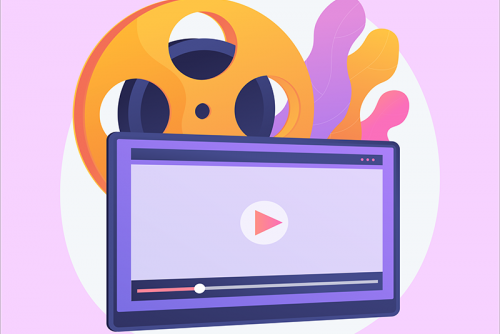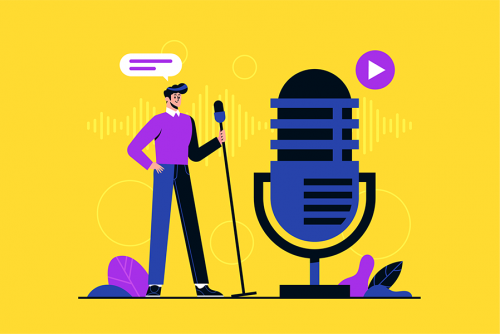About the Physically Disabled Community
As with the disability communities we've discussed so far, the physically disabled community is diverse. Many types of orthopedic or neuromuscular impairments can impact mobility. These include but are not limited to amputation, paralysis, cerebral palsy, stroke, multiple sclerosis, muscular dystrophy, arthritis, and spinal cord injury. Both the physical and digital aids that this community uses varies.
One of the major challenge that the physically disabled community has is that the built environment of our cities, offices, and living spaces has been developed without mobility differences in mind.
Barriers to Inclusion
- The built environment. This includes new buildings that should be constructed to meet the Americans with Disabilities Act (ADA) Standards for Accessible Design. A recent example of a building that was constructed without these standards in mind was the Queens Public Library.
- Unconscious bias about what the person can do on their own due to their visible disability and basing decisions on those biases (whether physically forcing assistance on someone opening a door or deciding the person isn't capable of doing on a job).
- Lack of relevant assistive technology (assistive, adaptive, and rehabilitative devices).
- Lack of flexible work environment (e.g., working remotely, job hours, etc.).
- Medical equipment that requires a person to stand.
- Lack of accessible seating in conference rooms and conference spaces.
- Not operable or perceivable using a keyboard.
- No skip to main content link.
- Insufficient time limits to respond or to complete tasks, such as to fill out online forms, or too many tasks on one page with no break between tasks.
- Controls do not have equivalent text alternatives.
- Missing visual and non-visual orientation cues, page structure and other navigational aids.
- Inconsistent and overly complicated navigation mechanisms and page functions.
Amplifying Voices in the Physically Disabled Community
Our goal on this site is to amplify the voices of each community. Disability communities are often spoken over or spoken for when they are already speaking out for themselves.

Video: Why design should include everyone
At 105 centimeters (or 3' 5") tall, the designed world - from the height of a lock to the range of available shoe sizes - often inhibits Sinéad Burke ability to do things for herself. Here she tells us what it's like to navigate the world as a little person and asks: "Who are we not designing for?"

Disability Visibility Project Podcast Episode 66: Cyborgs
In this podcast episode, Alice Shew, Jillian Weise, and Alice Wong discuss their shared identities as cyborgs and what that means to them. You’ll also learn more about tryborgs and technoableism and how they relate to disabled people.

Video: Our fight for disability rights and why we're not done yet
Four decades ago, Judith Heumann helped to lead a groundbreaking protest called the Section 504 sit-in demanding greater accessibility for all. In this talk, Heumann tells the stories behind the protest and reminds us that, 40 years on, there's still work left to do.
Understanding How the Physically Disabled Community Accesses the Web
- Alternative input devices: An alternative to the typical mouse and keyboard interaction for users with motor or cognitive disabilities. Examples include head pointers, eye tracking, and switches.
- Speech Recognition Software: A computer program that types words as you speak them into a microphone to dictate emails, navigate websites, etc. Think of it as replacing the keyboard with your speech. Used most often by people with physical disabilities as well as people who have low vision. Also used by people with temporary hand injuries by doctors to reduce strain on non-dominant hand.
Additional Resources
Articles
- Why Is Accessibility Still A Problem? What Can We Do About It? - In this article, regular Forbes columnist Andrew Pulrang talks about why physical accessibility is still an issue years after the Americans with Disabilities Act was put in place and what advocates can do to help.
Podcasts
- Ted Galanos talks about switch input and the Darcy keyboard on the #A11y Rules Podcast. Ted explains how using switch inputs, such as the Darcy USB keyboard, can take a lot longer than other input methods. He also tells developers to properly label and markup interactive elements.
- Dr. Ellen Spertus talks about essential tremors and password fields on the #A11y Rules Podcast. Dr. Ellen Spertus explains that it’s easy to make mistakes on a password field and a “show password” feature is critical to accessibility.
